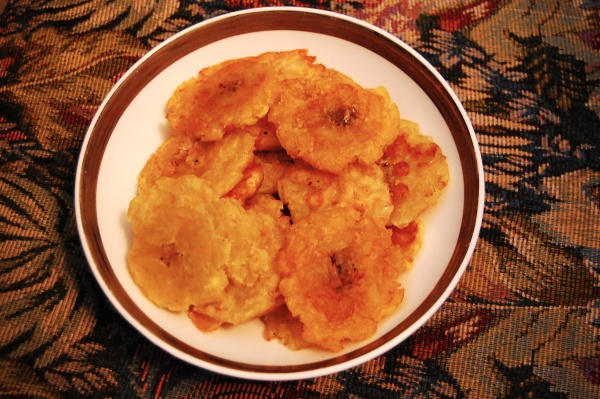Facts About Tostones
Tostones, a cherished dish in Latin American and Caribbean cuisine, are crafted from green (unripe) plantain slices that are fried twice to achieve a crispy, golden-brown perfection. They are a staple in countries such as Puerto Rico, Jamaica, Nicaragua, Cuba, and Venezuela, although they are known by different names depending on the region.
The preparation of tostones is straightforward yet delectable. First, green plantains are sliced and given a brief initial fry. Then, they are flattened and fried again until they reach the ideal crunch. While the exact origin of tostones remains somewhat elusive, many believe the dish originated in Puerto Rico. A popular tale credits a cook named Doña Angelina from Los Robles Restaurant in Salinas, Puerto Rico, with their creation. Tostones are often compared to French pommes soufflées due to their delightful crunch.
Typically, tostones are salted and enjoyed as a snack much like potato chips or French fries. They are commonly served with a variety of dips and toppings that vary by region. For instance, some might pair them with sauces like mojo or hogao, while others might top them with meats, salads, or even cheese as an appetizer.
In Honduras, the term "tostón" can also mean a 50-cent coin, adding an amusing twist to the name. Meanwhile, in the Dominican Republic, tostones are referred to simply as fried plantain chunks. Interestingly, variations of this dish are also found in West African cuisine, showcasing its versatility and widespread appeal.

 Guyana
Guyana